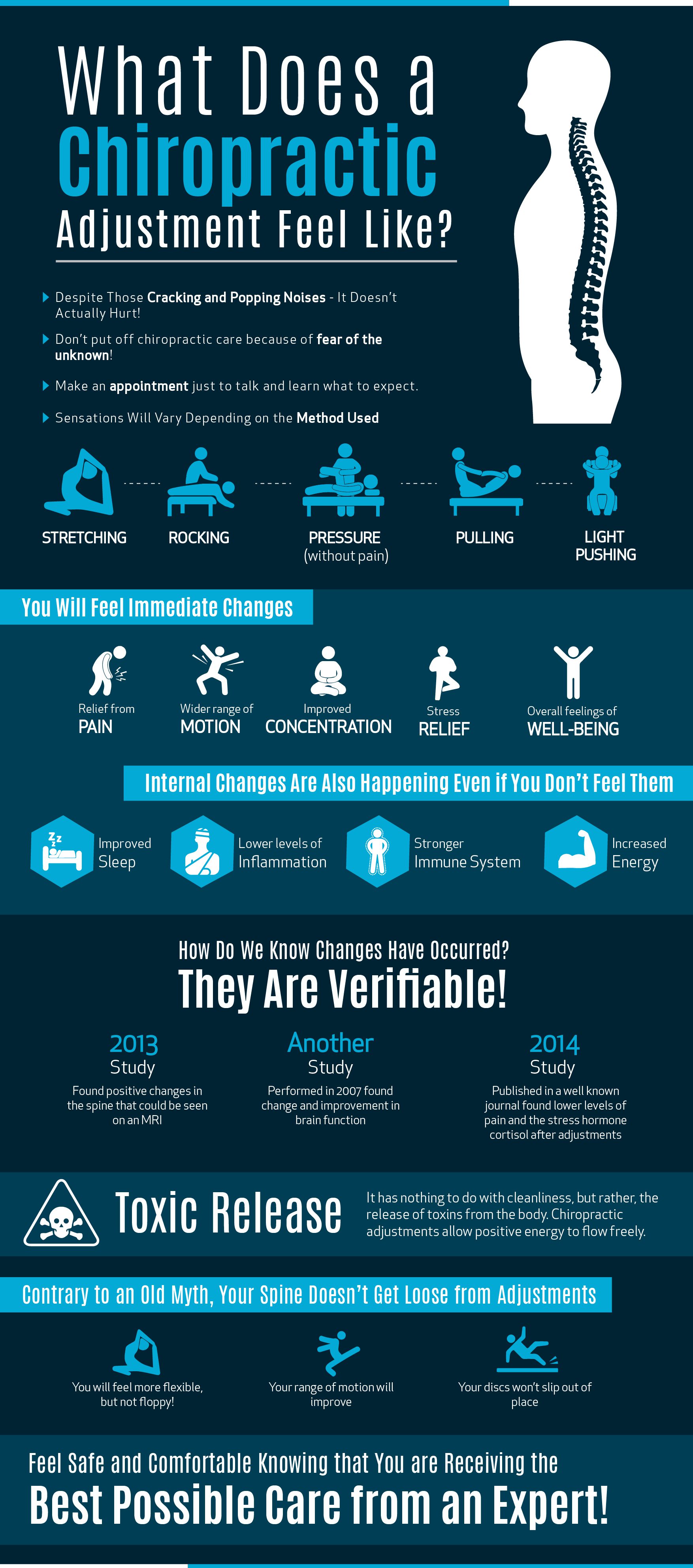The Duty Of Stance In Back Pain: Tips For Achieving And Maintaining Good Placement Throughout Your Day
The Duty Of Stance In Back Pain: Tips For Achieving And Maintaining Good Placement Throughout Your Day
Blog Article
Developed By-Houghton Preston
Preserving appropriate pose isn't just about sitting up directly; it has to do with straightening your body in a manner that supports your back and reduces the threat of neck and back pain. The way you sit, stand, and relocate throughout the day can dramatically impact your spinal health and wellness. Yet how exactly can you make sure great placement constantly, also during active days full of different activities? Let's dig deeper into the subtle yet impactful adjustments you can make to your day-to-day routine to keep your back satisfied and healthy.
Significance of Proper Pose
Appropriate stance is important in maintaining a healthy and balanced back and avoiding discomfort. When you sit or stand with good position, your back remains in positioning, decreasing strain on your muscle mass, tendons, and joints. This alignment permits the body to disperse weight evenly, preventing too much tension on certain locations that can result in discomfort and pain. By maintaining your spine appropriately lined up, you can likewise enhance your breathing and digestion, as slouching can press organs and limit their functionality.
Furthermore, maintaining excellent stance can boost your general look and self-esteem. When you stand tall with your shoulders back and head held high, you radiate confidence and show up more approachable. Good stance can also make you really feel extra stimulated and sharp, as it promotes appropriate blood circulation and allows your muscle mass to work efficiently.
Incorporating severe back pain into your daily routine, whether sitting at a desk, strolling, or working out, is crucial for avoiding neck and back pain and advertising general health. Remember, lower.back pain in how you hold yourself can make a significant distinction in just how you really feel and function throughout the day.
Common Postural Mistakes
When it comes to keeping excellent position, many people unknowingly make common mistakes that can add to pain in the back and discomfort. Among https://lukasqkfzt.jaiblogs.com/59130644/a-beginner-s-overview-to-understanding-cervical-spinal-column-makeup-and-its-influence-on-neck-pain is slumping over or stooping over while resting or standing. This setting places too much stress on the spinal column and can result in muscle mass inequalities and discomfort in the future.
Another typical error is overarching the reduced back, which can squash the all-natural curve of the spinal column and cause pain. Furthermore, going across legs while resting might really feel comfy, however it can develop an imbalance in the hips and pelvis, leading to postural issues.
Utilizing a cushion that's also soft or too solid while sleeping can additionally impact your alignment and contribute to neck and back pain. Lastly, regularly craning your neck to consider screens or readjusting your placement often can stress the neck and shoulders. Being mindful of these usual postural mistakes can help you maintain better alignment and decrease the threat of back pain.
Tips for Correcting Alignment
To improve your placement and reduce neck and back pain, it's important to focus on making small adjustments throughout your daily routine. Begin by being mindful of your pose. When sitting, guarantee your feet are flat on the floor, your back is straight, and your shoulders are unwinded. Prevent slouching or leaning to one side. Usage ergonomic chairs or paddings to sustain your reduced back.
When standing, disperse your weight equally on both feet, maintain your knees slightly curved, and embed your hips. Involve your core muscle mass to support your back. Take breaks to stretch and walk if you have an inactive job. Integrate exercises that enhance your core and back muscular tissues, such as slabs or bridges.
While resting, make use of a cushion that sustains the natural curve of your neck to keep correct back placement. Stay clear of sleeping on your tummy, as it can stress your neck and back. By bearing in mind these ideas and making small adjustments, you can progressively remedy your positioning and relieve pain in the back.
Final thought
Keep in mind, keeping good position is key to preventing pain in the back and advertising spinal health. By bearing in mind your positioning, distributing weight equally, and involving your core muscle mass, you can lower pressure on your back and reduce the threat of pain and injury. Integrate ergonomic support, take normal breaks to extend, and enhance your core and back muscles to keep appropriate alignment throughout the day. Your back will certainly thank you for it!
